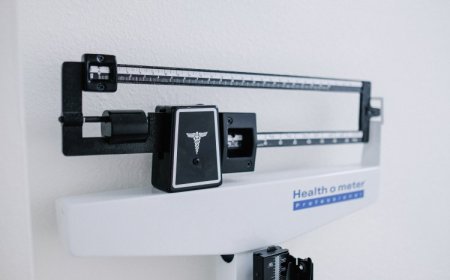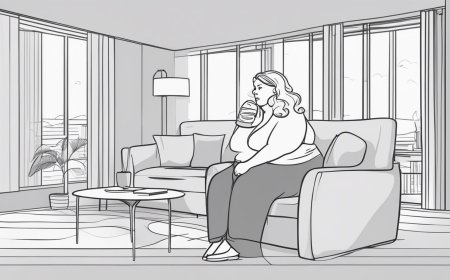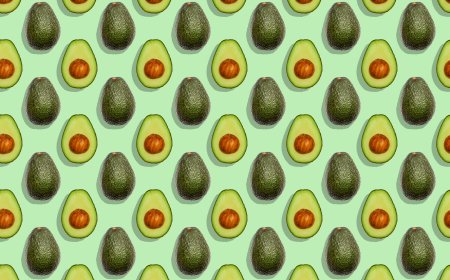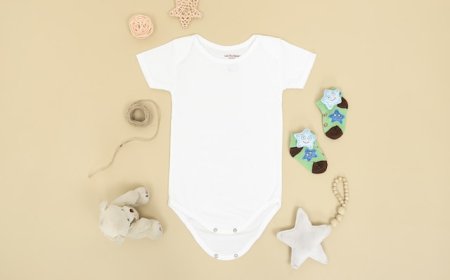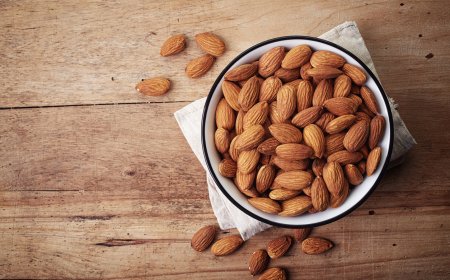Growing Older, Sounding Different: Uncovering the Mysteries of Our Changing Voices
Embark on a journey to understand why our voices change as we get older, uncovering the complex interplay of anatomical, hormonal, and lifestyle factors that contribute to this fascinating transformation and connecting with the daily experiences of people from all walks of life.

As we age, our bodies undergo numerous changes, including transformations in our voices. These shifts in vocal quality, pitch, and tone may become more noticeable as we grow older, leaving many of us wondering what's behind this intriguing process. In this article, we break down the factors that contribute to age-related voice changes, offering easy-to-understand explanations that resonate with daily experiences.
To understand why our voices change as we age, it's essential first to grasp how our vocal cords work. Our vocal cords, also known as vocal folds, are located within the larynx (voice box) and consist of two bands of elastic tissue. When we speak, air from our lungs passes through the vocal cords, causing them to vibrate and produce sound.
As we age, several factors can impact the structure and function of our vocal cords, leading to changes in our voices.
Anatomical Changes and the Aging Voice:
One of the primary reasons our voices change as we get older is due to anatomical changes within the larynx. With age, the vocal cords may lose some of their elasticity and pliability, leading to a decrease in their ability to vibrate effectively. This can result in a lowered pitch and a more breathy or hoarse vocal quality.
Hormonal changes that occur throughout our lives can also impact our voices. During puberty, for example, the surge in hormones like estrogen and testosterone leads to significant changes in the vocal cords, causing the voice to deepen in both males and females.
Our voices are also shaped by the way we use them and the lifestyle choices we make. Factors such as smoking, excessive alcohol consumption, and poor vocal hygiene can damage the vocal cords and contribute to age-related voice changes. For example, smoking can cause inflammation and irritation of the vocal cords, leading to a hoarse, raspy voice.
While age-related voice changes may be an inevitable part of growing older, understanding the factors that contribute to this transformation can help us maintain the best possible vocal health and embrace the unique, evolving soundtrack of our lives. By taking care of our vocal cords and making healthy lifestyle choices, we can continue to express ourselves and connect with others through our voices, even as they change over time.
Conclusion
Our voices change as we get older due to a complex interplay of anatomical, hormonal, and lifestyle factors that impact the structure and function of our vocal cords. By understanding these factors and taking steps to maintain vocal health, we can better appreciate and embrace the evolution of our voices throughout our lives.
Disclaimer: The image(s) featured in this article are for illustrative purposes only and may not directly depict the specific concepts, situations, or individuals discussed in the content. Their purpose is to enhance the reader's understanding and visual experience. Please do not interpret the images as literal representations of the topics addressed.
What's Your Reaction?









